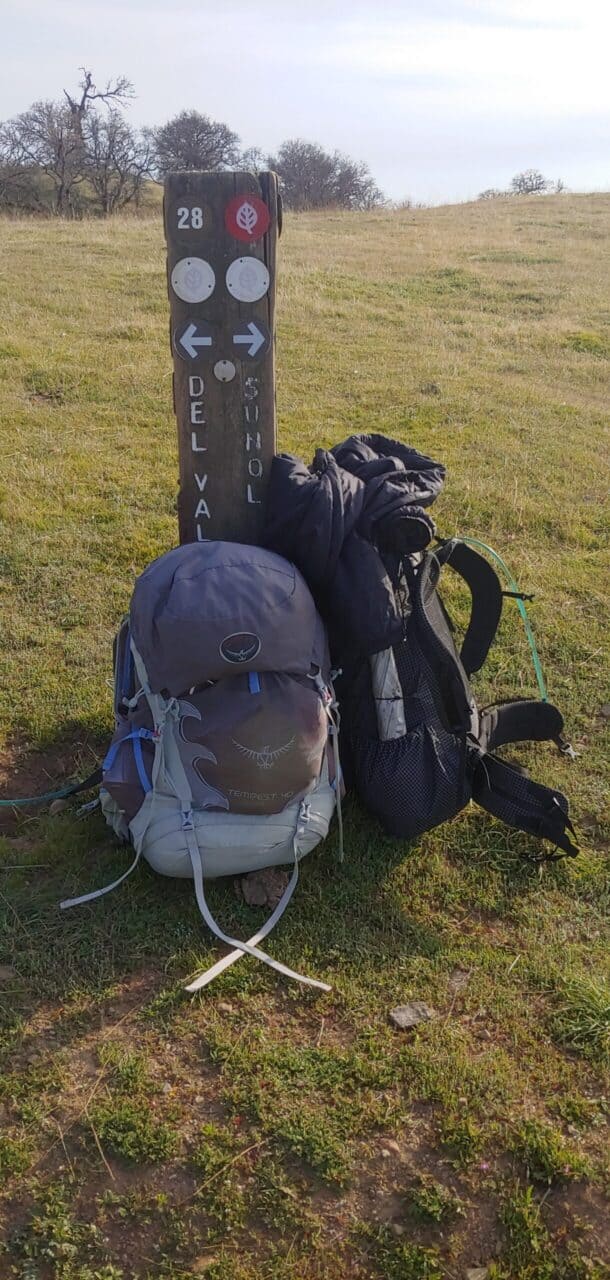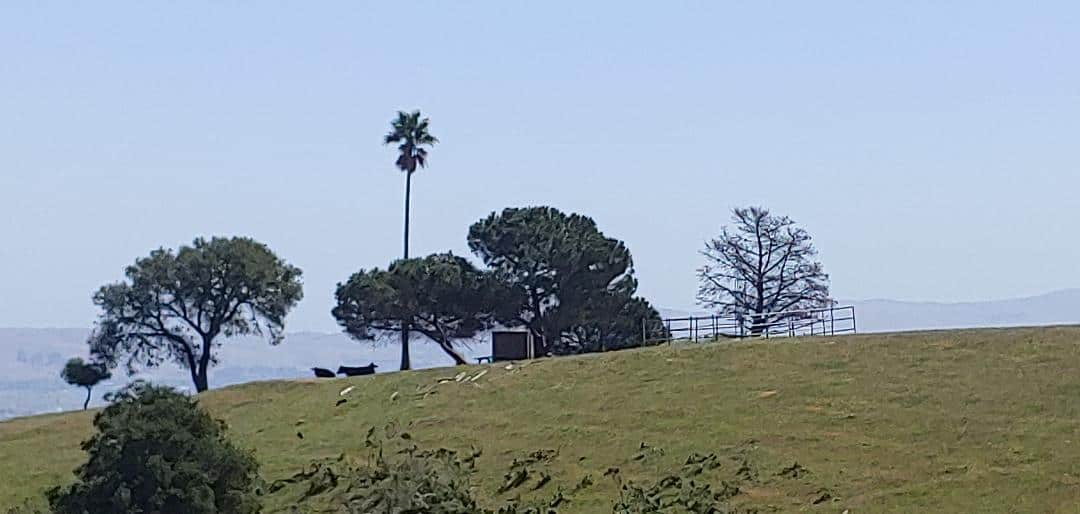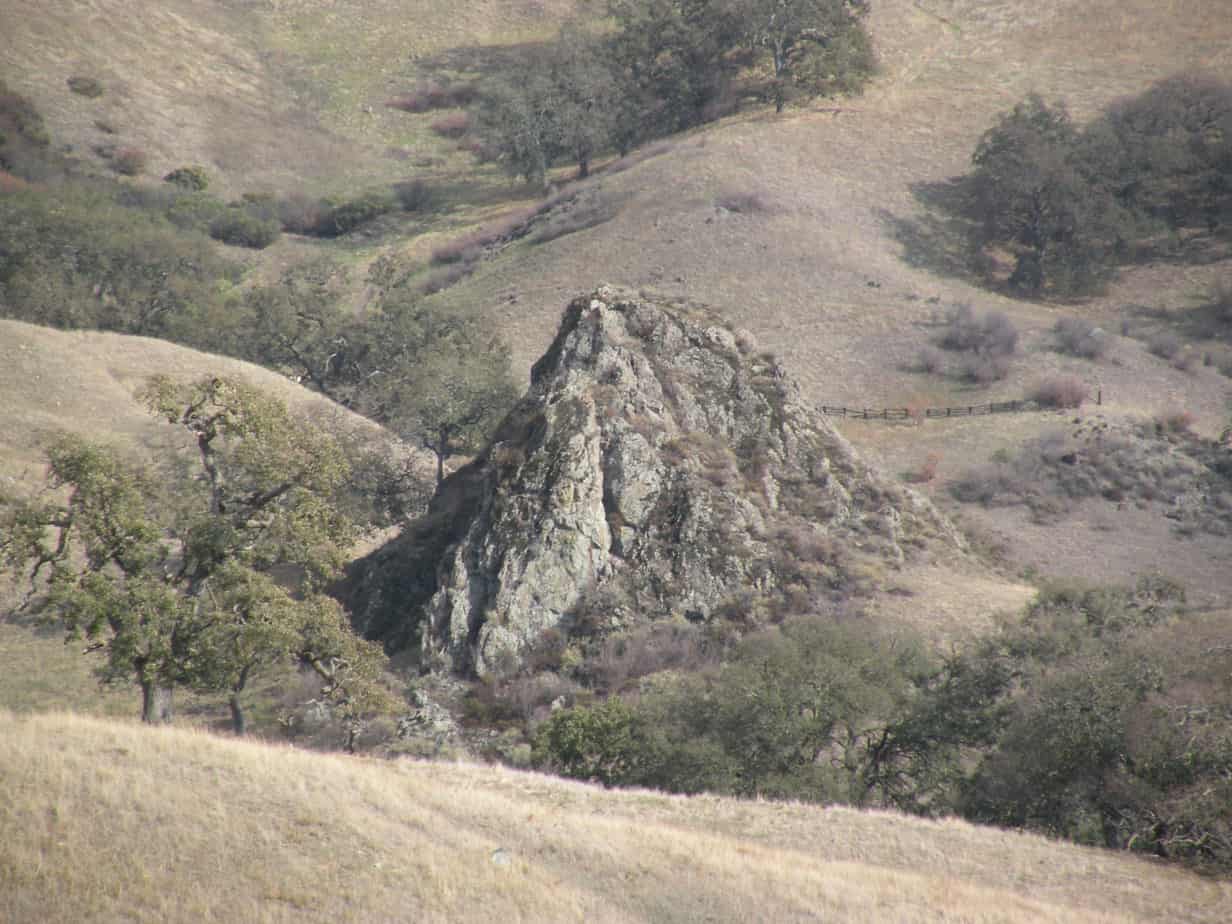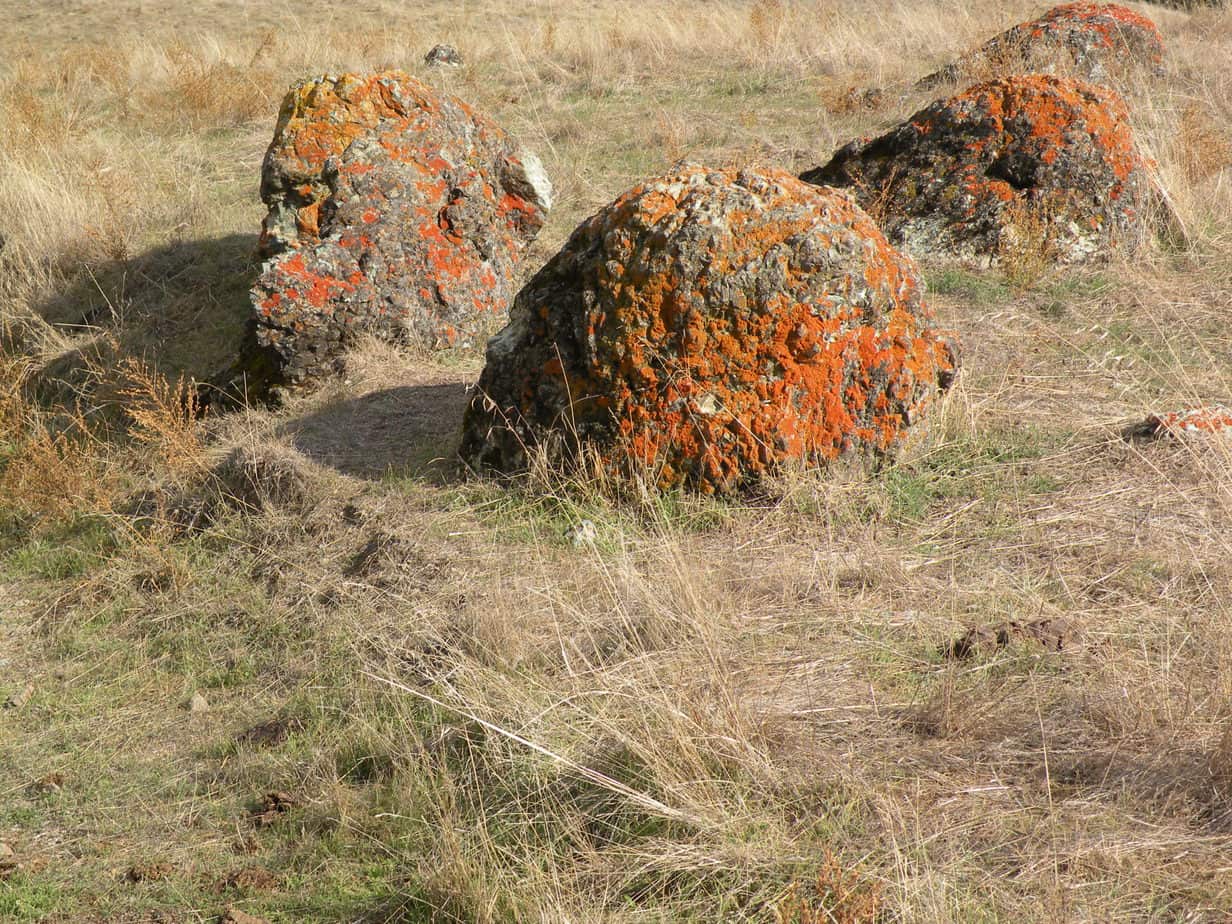Susan Alcorn’s Backpacking & Hiking Tales & Tips, #283, June 2023
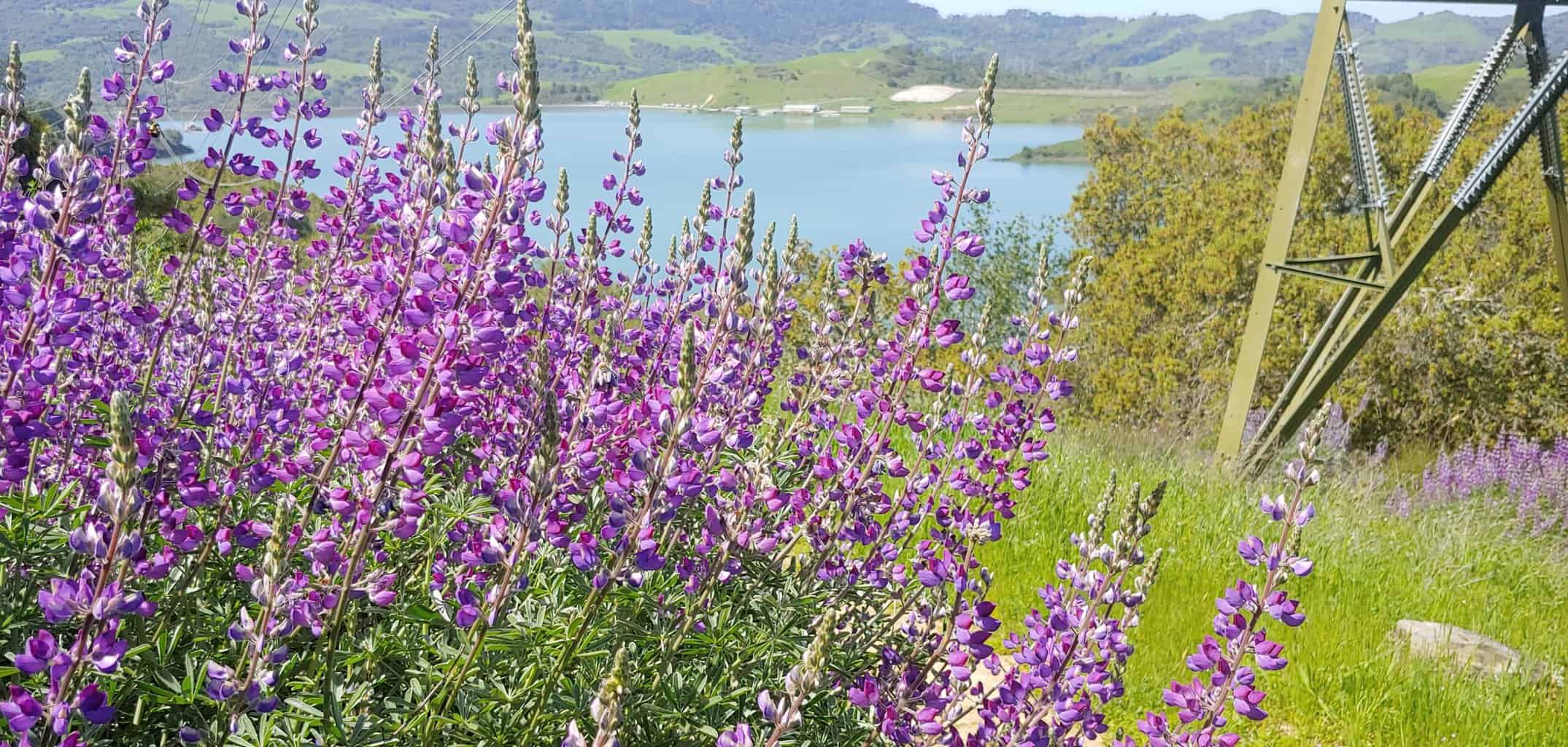 American Discovery Trail (ADT) — East Bay by Ralph Alcorn
American Discovery Trail (ADT) — East Bay by Ralph Alcorn
Contents:
1.John Muir Trail campfire permits
2.Camino de Santiago—to book or not to book accommodations and much more
3. Hiker Mary Davison (81) back on the American Discovery Trail
4. Camino—Suitcases not allowed in eleven albergues
5. At least three bridges out along the John Muir Trail and/or Pacific Crest Trail
6. Camino—Training for Hospitaleros
7. “Night Lights” from Bay Nature
8. Regional: Sonoma County on ‘Bill and Dave Hikes’
9. Regional: Bay Area. Wildcat Canyon Regional Park with the El Cerrito Trail
10.Regional: Lake Merritt, Oakland. Northern California Pilgrim group’s next monthly walk—open to all, free.
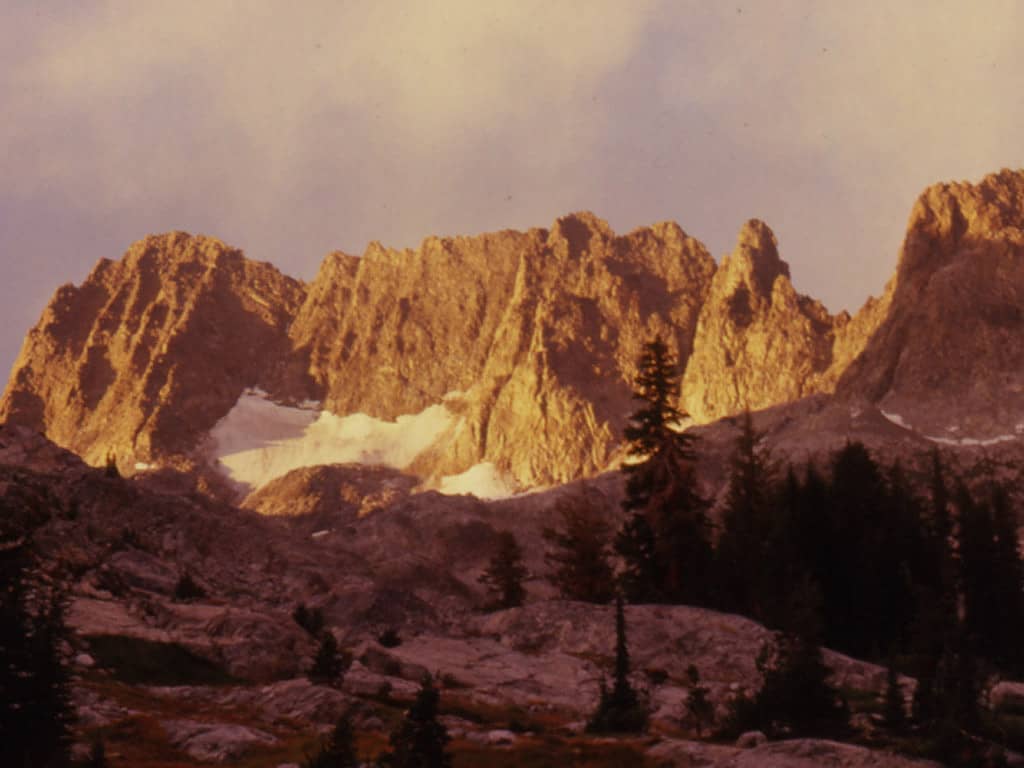 The Minarets, Sierra 2007
The Minarets, Sierra 2007
Articles:
#1. John Muir Trail info: Inga Aksamit, Admin of the John Muir Facebook Group wrote: “If you’ll be camping on Inyo National Forest land (or other NF or BLM lands in CA), don’t forget to get your free, downloadable campfire permit if you plan to use a camp stove. You’ll watch a brief, sometimes humorous video that sadly, pertains more to campgrounds, and then you can download your permit. Link is on the Inyo page here.
#2. Camino interest—Several important topics covered by Ivar.
a. Ivar on “To book or not on the Camino Francés,
some thoughts.. and more podcast and more. Click Here
b. The Way 2, a movie in progress, will feature the Camino del Norte. The info here.
c. Luggage Storage in Santiago.
d. Finally, if you want to get 30% off on the Bronze Camino markers than Ivar shows in the podcast, order at this link:
#3. Hiker Mary Davison, 81, on the American Discovery Trail. Mary, like us, is a section hiker. This year, she picked up the trail in California, near Auburn, to continue west. She stayed with several of our friends, family members, and us while she made her way to Marin County. Then she headed back to pick up some miles in Nevada and Utah that she couldn’t do last year because of fires and flooding. After she had filled in most of the gaps east of here, she left the trail, but she hopes to return in the fall and do the few miles missed including from where she left off in Marin this month to the end point of the ADT at Pt. Reyes.
Mary was one of the 32 women whose stories I collected for Walk, Hike, Saunter: Seasoned Women Share Tales and Trails.
Mary has written a couple of books, including Old Lady on the Trail: Triple Crown at 76.
#4. Camino and suitcases. Several news sites have reported on a meeting of the Camino Francés Federación in Saint Jean Pied de Port. Amongst other business the member Amigos associations have decided to ban suitcases in the 11 albergues under their direct control. Info here.
#5. Bridges out along the JMT and/or PCT. I was going to post in great detail about the third bridge that has been damaged or destroyed by heavy snows this year, but I decided to only do a brief mention here. It is far wiser to check out, and find timely reports, by responsible parties online. Highly recommended are the John Muir Trail Facebook group (administered by Inga Aksamit) and the PCTA.org website.
The most recent bridge problem in the Sierra is of the 130-foot cable suspension bridge that spans a stream between Black Mountain and Mount Pinchot; this area is remote, currently covered with snow, and difficult to reach. The other two bridges that are out are spans over the south and middle forks of the San Joaquin River. It is not known when any of them will be repaired or replaced. The National Park Service has stated it expects that more damage to structures will be discovered when they are able to get into more areas.
As more PCT thru-hikers reach the Sierra, most are going to have to make crucial decisions—whether to backtrack, to find an alternate route through affected areas, or to leave the trail. Hikers that continue hiking on the trails should be aware that stream or river crossing under current conditions, and future conditions as water flows increase, will be extremely hazardous and there have already been fatalities.
#6. Camino Hospitalero Training. September 8-10, 2023, in Howell, Michigan. The American Pilgrims group has announced its final hospitalero training session of 2023. “Hospitaleros are the guardian angels of the Camino, caring for pilgrims along the Way, without them, the pilgrimage to Santiago wouldn’t be the same.
The training will be held at the Howell Nature Center, 1005 Triangle Lake Road, Howell, MI 48843, September 8-10, 2023. The training costs $295 and is open only to members of American Pilgrims on the Camino. Participation is limited to 20; a minimum of 15 attendees is required to hold the training session. Check-in: 4:00 PM on Friday, September 8. End 4:00 PM on Sunday, September 10
To attend you must: Have walked at least 100 km or biked at least 200 km of the Camino; Have stayed in at least 1 non-private albergue (i.e. donativo, municipal, association-run or parochial); be a current member of American Pilgrims on the Camino; and be at least 21 years old by September 1, 2023.
You must attend the entire training session to be certified! Make your travel plans accordingly! Note: attendees may be required to wear masks during the training if there is a surge in infections.
Not sure if you’ve stayed in a qualifying albergue? Follow this link to the list of Spanish Federation Albergues; follow this link to verify your stay on this Eroski.com list of hostels on Camino routes.
Register for the Sept. 8-10, 2023 Hospitalero Training. $295. Registration closes midnight of Tuesday, August 15, 2023. Click for more information and registration details.
Fee Waiver: American Pilgrims strives to make our hospitalero training financially accessible. One registration fee waiver per session is available to a member who may not otherwise afford the training. Preference is given to students and those willing to serve in one of the Spanish Federation albergues. Transportation to the training location is the responsibility of the attendee. email questions to hospitalerotraining@americanpilgrims.org
#7. “Night Lights.” From “Naturalist’s Notebook” by John Muir Laws. Laws reminds us that when light enters our eyes, it activates cells on the back of our eyes—allowing us to see even when dark. “Many nocturnal animals have an additional reflective layer in the back of the eye.” The reflective layer makes everything brighter. That is also we, as we have probably noticed, have found that shining a light at some animals’ eyes makes them reflect back to us. (Bay Nature, Spring 2023). Bay Nature is a terrific magazine for those who want to understand nature, especially in the bay area, even better. Baynature.com
#8. Regional: ‘Bill and Dave Hikes’ in Sonoma County. Join a group: June 3, 2023, 9:00 am – 2:00 pm. to hike Crane Creek. Meet in the parking lot. Info, register here.
July 8, 2023. 9:00 am – 2:00 pm. to hike through Ragle Ranch’s valleys, redwood trees, oaks, and grasslands on this hike of the entire park. Meet at the gazebo. “Join us to hike just about every trail to check out Ragle Ranch Regional Park! This 157-acre park is a gem with valleys, grasslands, redwood trees, oaks, acorn woodpeckers, and more. Explore them all on this 5-mile hike! Registration required. Info and register here.
Both hikes are in the Sonoma County Regional Parks. Here’s what the Bill and Dave hikes are all about. “Since their retirement, parks staff and volunteers are following in Bill and Dave’s footsteps by continuing to offer the style of adventurous hikes the duo made famous. Join us to check out favorite trails and parks, preview new parklands, learn about the local ecosystem and enjoy a day out in nature. These are moderate to strenuous hikes with longer mileage.
“Please bring your own water and snacks. We recommend participants dress in layers and bring a hat and sunscreen. Most programs will happen rain or shine, but may be canceled during heavy rains, heavy smoke, or extreme temperatures. Accommodations will be made for visitors with disabilities upon advance request. Parking is $7 or free with a Regional Parks membership.”
Info and registration for these hikes and others here. https://secure.sonomacountyparks.org/registration
#9. Regional: Bay Area. Wildcat Canyon Regional Park: Attend the El Cerrito Trail Trekkers on our Wildcat Workout Hike. Join Trekkers for a strenuous and often steep hike through Wildcat Canyon Regional Park. Dave Weinstein will discuss a bit of the canyon’s history – explaining why a highway runs through it – but mostly we will walk and talk. Bring snacks and water, dress in layers and wear serious shoes. Saturday, June 3, 2023 noon to roughly 4:30 p.m. for a roughly 8-mile trek. Meet at the Rifle Range Road entrance to Wildcat Canyon Regional Park. Questions to: Dave Weinstein, president, davidsweinstein@yahoo.com
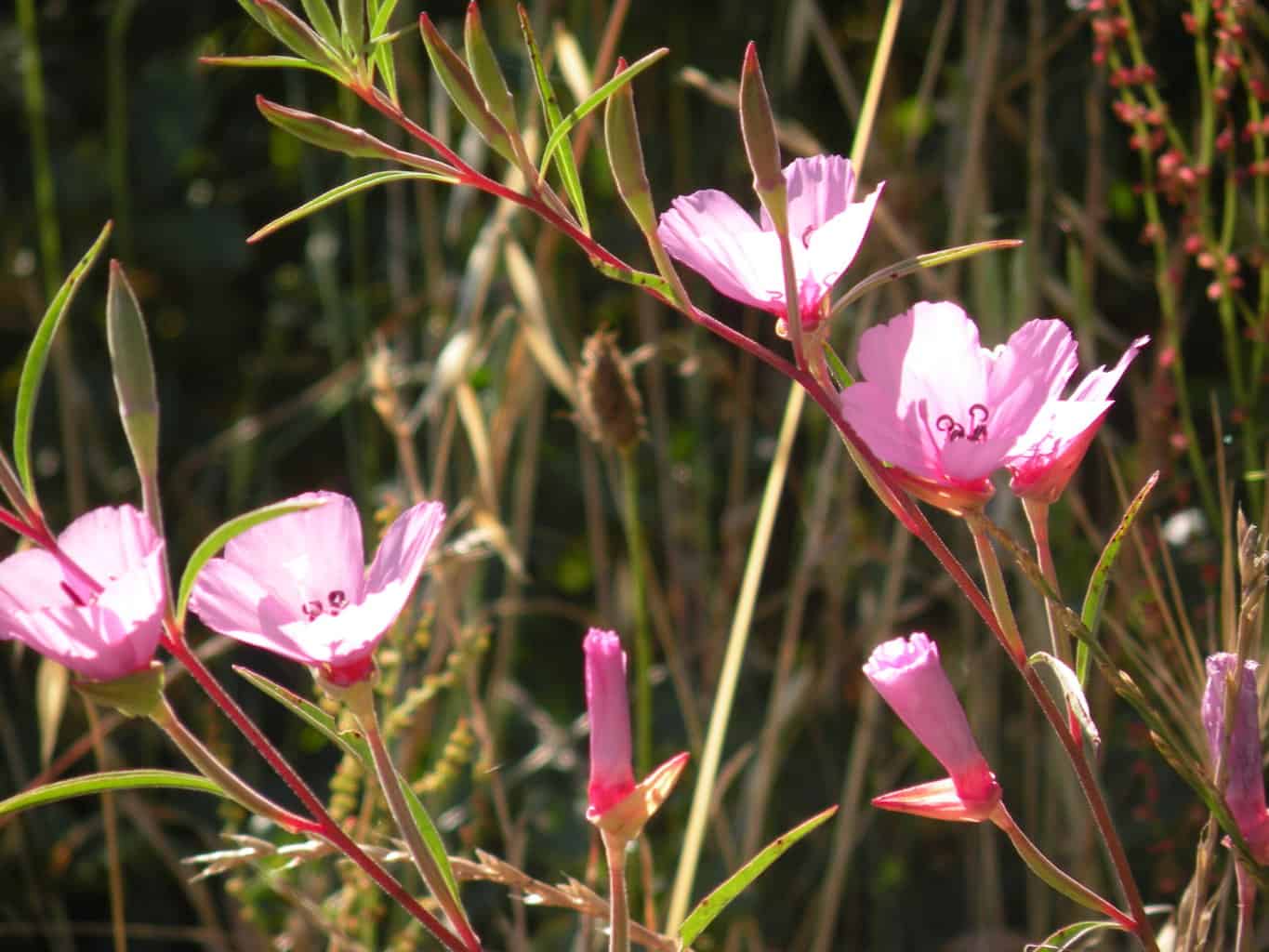
Wildcat Canyon
#10. The Northern California Pilgrim group’s next monthly walk around Lake Merritt in Oakland is open to all. The group meets at the pergola of the lake. Co-coordinator, Guy Joaquin posted the following info on the next walk on FB—Northern California Camino Pilgrims.
“Lake Merritt Walk: Saturday, June 3, 10:30 AM – Noon-ish. Join us on this walk that takes place on the first Saturday of the month, rain or shine! We meet at the “The Columns” (aka Pergola) on the northeast corner of Oakland’s Lake Merritt at 10:30 AM and start walking by 10:45 AM. It’s a flat, paved 3.5-mile walk around the lake that takes a little over an hour. After the walk, many of us typically go to lunch at a nearby restaurant. Lake Merritt Columns: 577 Grand Avenue, https://goo.gl/maps/fPiAKQRw2y5nDJ916 “
“And that’s all folks!”
Cheers, Susan Alcorn
Note: There won’t be a newsletter in July due to our travels. In the meantime, you can pick up one of my books to learn more about women’s hiking and backpacking adventures in Walk, Hike, Saunter or in We’re in the Mountains Not over the Hill; the popular Camino Frances; the Caminos Norte and Primitivo; or Patagonia.
Thank you everyone. Stay well, keep hiking when prudent. I encourage you to send in items of interest to the hiking community to me at backpack45 “at sign” yahoo.com
Shepherd Canyon Books, Oakland, CA
https://www.susandalcorn.com
https://www.backpack45.com
Author of Walk, Hike, Saunter: Seasoned Women Share Tales and Trails; Healing Miles: Gifts from the Caminos Norte and Primitivo; Patagonia Chronicle: On Foot in Torres del Paine; We’re in the Mountains Not over the Hill: Tales and Tips from Seasoned Women Backpackers; and Camino Chronicle: Walking to Santiago.
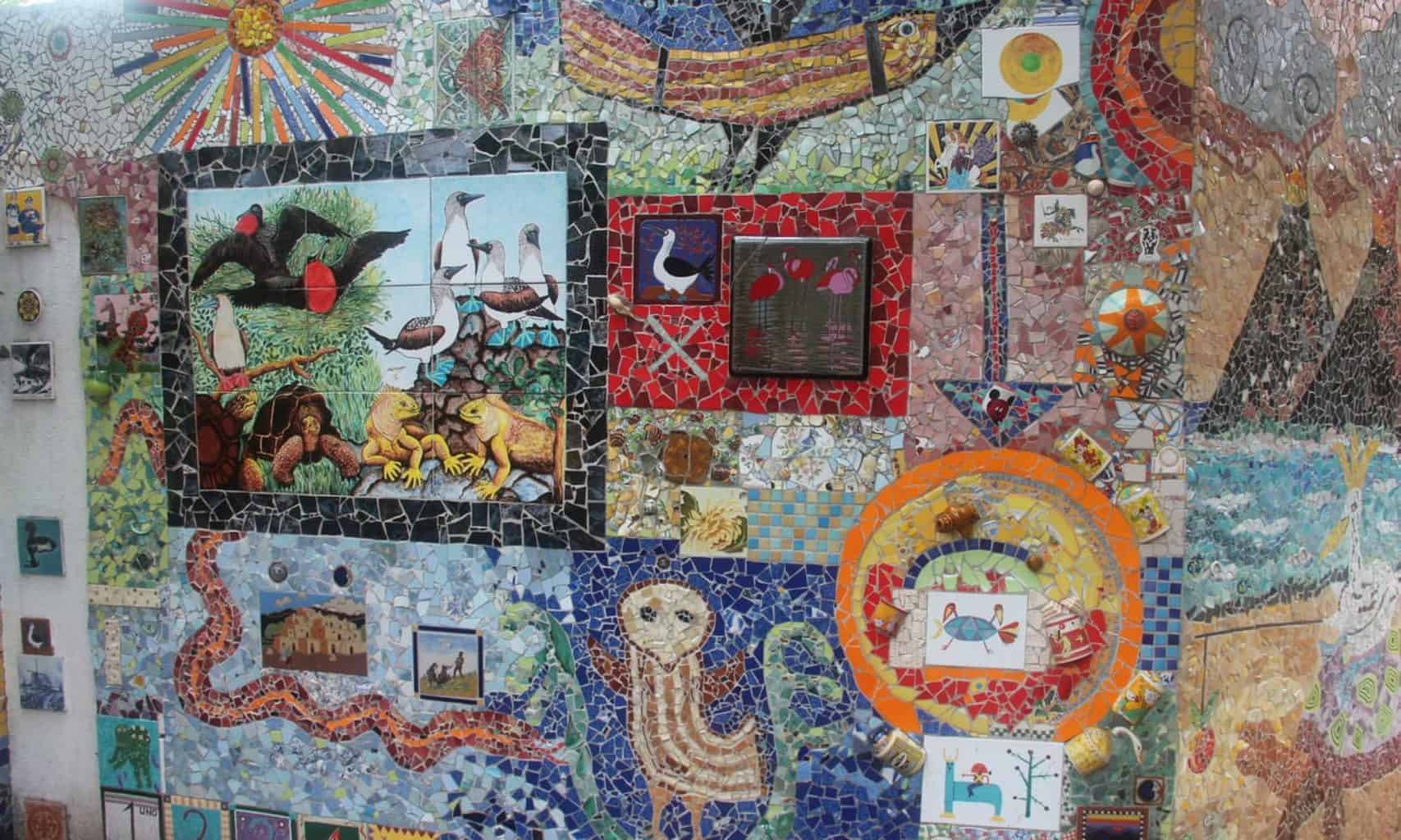
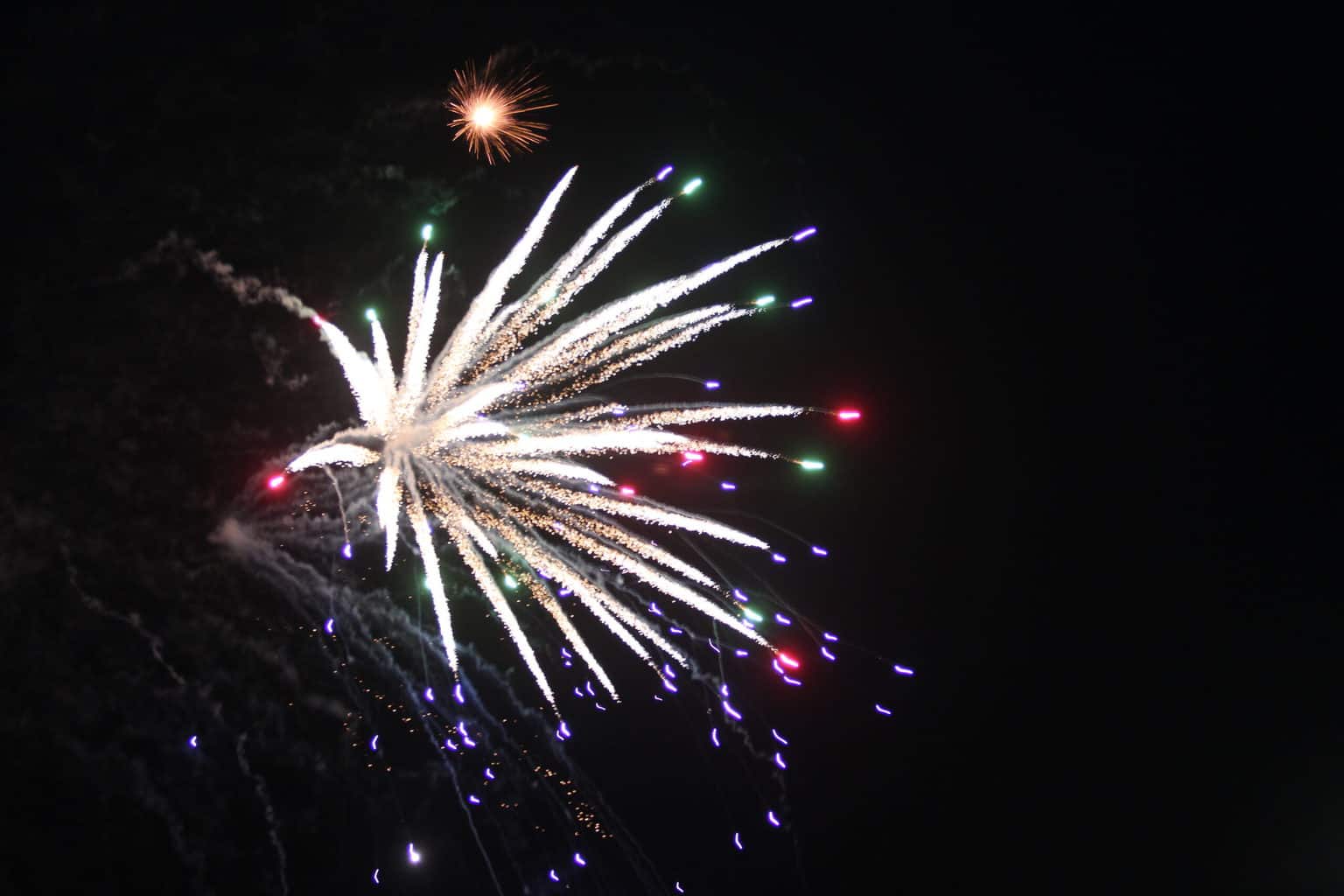
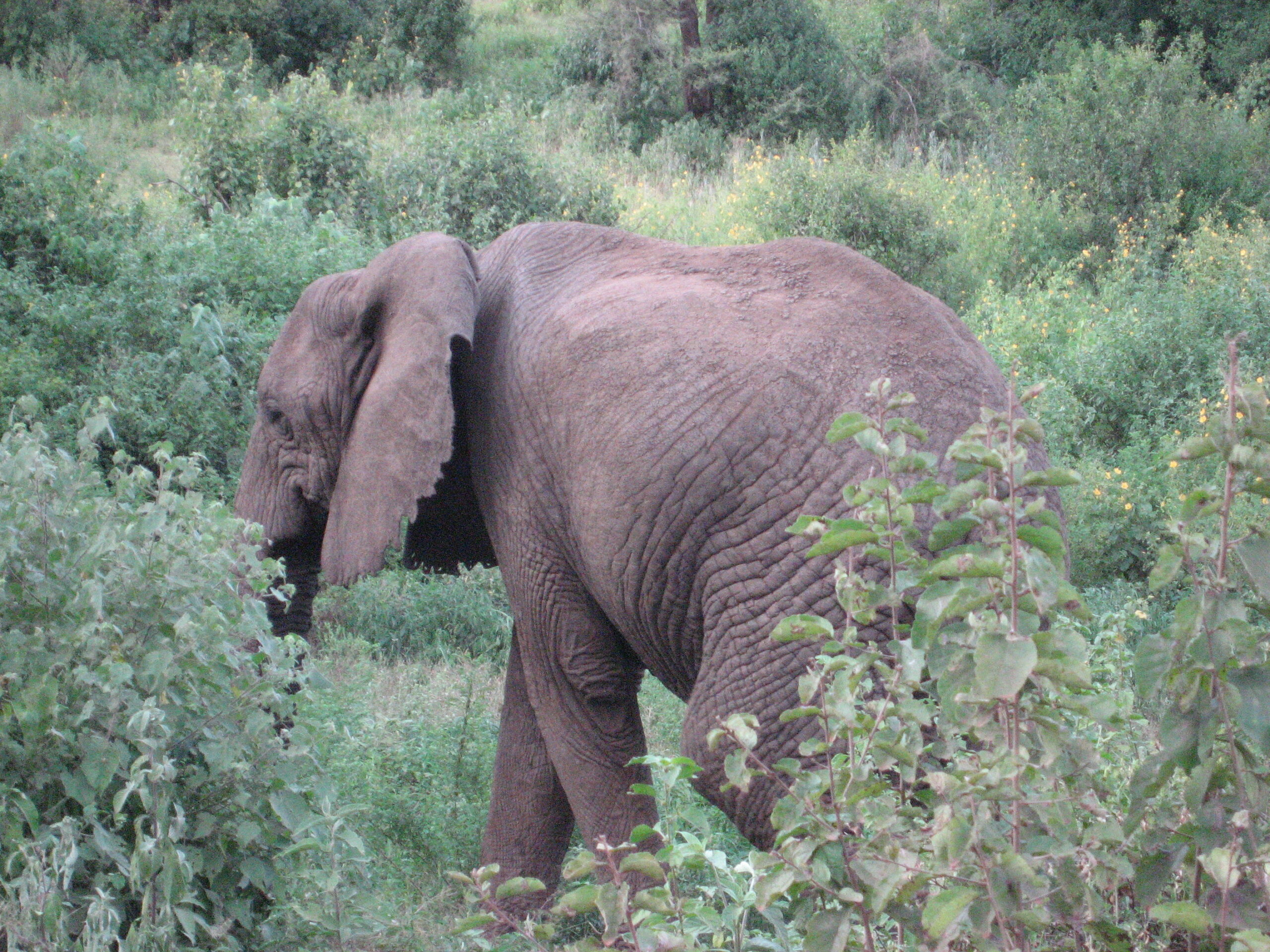 Susan Alcorn ©0169
Susan Alcorn ©0169 ;
;